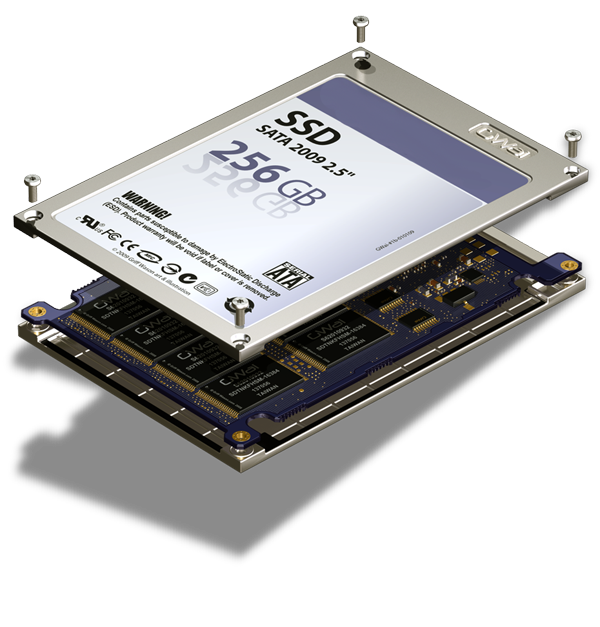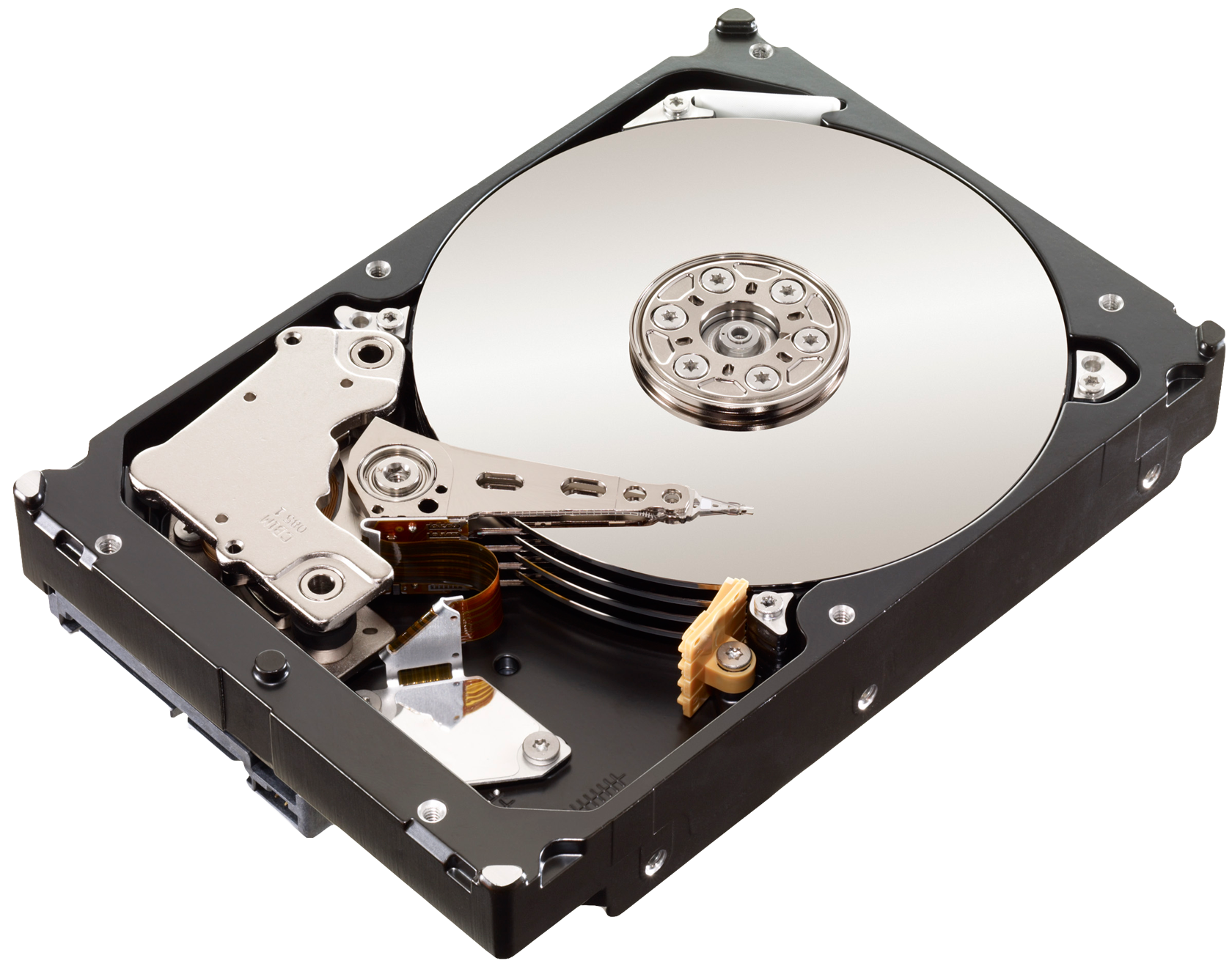RAID Configurations for Data Redundancy
RAID Configurations for Data Redundancy
Discover the significance of RAID (Redundant Array of Independent Disks) configurations in enhancing data redundancy and protection. Explore different RAID levels and their applications in storage systems.
Understanding RAID
RAID is a technology that combines multiple physical disk drives into a single logical unit to improve data performance, reliability, and redundancy. The primary goal of RAID configurations is to ensure data availability even in the event of disk failure. Different RAID levels offer varying levels of redundancy and performance, allowing users to choose the most suitable configuration based on their specific needs.
Common RAID Configurations
- RAID 0 (Striping): RAID 0 enhances performance by striping data across multiple drives. However, it provides no redundancy. If one drive fails, all data is lost. RAID 0 is suitable for applications requiring high performance but not critical for data protection.
- RAID 1 (Mirroring): RAID 1 duplicates data across two drives, providing redundancy. If one drive fails, the other contains an identical copy of the data. RAID 1 is ideal for users prioritizing data safety over performance.
- RAID 5 (Striping with Parity): RAID 5 stripes data across multiple drives like RAID 0 but includes parity information for redundancy. If one drive fails, data can be reconstructed using parity information from the remaining drives.
- RAID 10 (Combination of RAID 1 and RAID 0): RAID 10 combines mirroring and striping. It provides both redundancy and performance benefits. Data is mirrored for safety, and striping enhances performance.
Factors to Consider
When selecting a RAID configuration, consider factors such as data importance, performance requirements, and budget. RAID configurations with higher levels of redundancy often come at the cost of reduced usable storage capacity.
Benefits of RAID Configurations
- Data Redundancy: RAID configurations protect against data loss due to drive failure. Redundancy ensures that if one drive fails, data remains accessible from other drives in the array.
- Performance Improvement: RAID configurations, such as RAID 0 and RAID 10, can significantly enhance data read and write speeds, making them suitable for applications requiring high performance.
- Fault Tolerance: RAID setups provide fault tolerance, allowing systems to continue operating even if one or more drives fail. This is crucial for minimizing downtime in critical applications.
Conclusion
RAID configurations play a pivotal role in ensuring data redundancy and protection in storage systems. By understanding the different RAID levels and their applications, users can make informed decisions to meet their specific data storage needs. Whether prioritizing performance, redundancy, or a combination of both, there’s a RAID configuration suitable for every use case.


